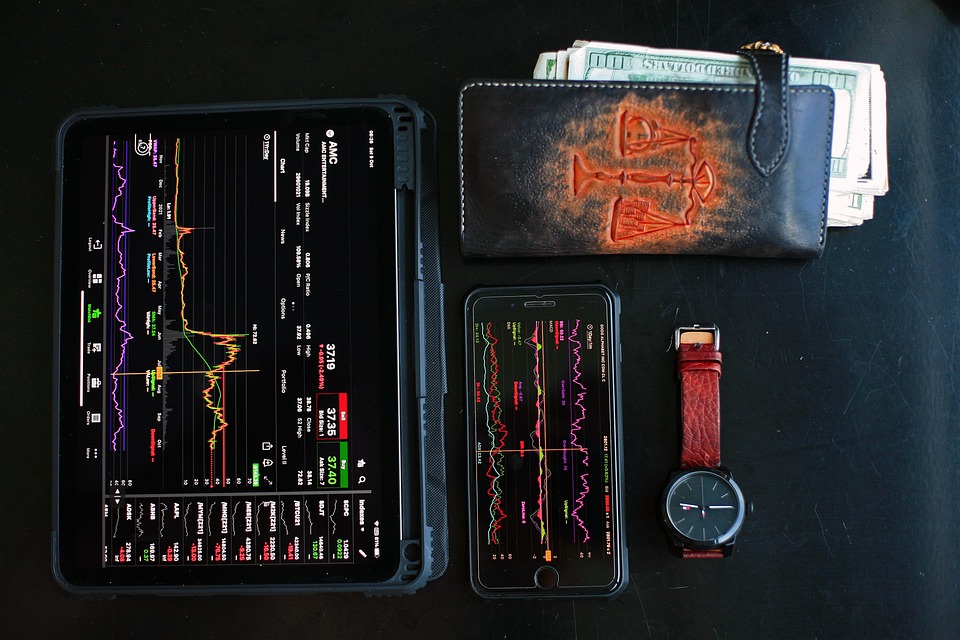Understanding Solana: The Fastest Growing Blockchain Platform
In the ever-evolving landscape of blockchain technology, Solana has emerged as a notable player, rapidly gaining recognition for its unique capabilities and innovative features. Designed to address the limitations of existing blockchain platforms, Solana promises speed, scalability, and efficiency, making it a strong contender in the race for mainstream adoption.
What is Solana?
Launched in March 2020 by Anatoly Yakovenko, Solana is a high-performance blockchain designed for decentralized applications (dApps) and crypto projects. It operates on a unique consensus mechanism called Proof of History (PoH), which allows it to process transactions at lightning speed. This innovative approach differentiates Solana from other blockchains, such as Ethereum, and helps to mitigate issues like network congestion and high transaction fees.
Key Features of Solana
1. **High Throughput**: Solana boasts the capability to process over 65,000 transactions per second (TPS), significantly outpacing many other blockchains. This impressive throughput is crucial for applications that require real-time data processing and instant transaction confirmations.
2. **Low Transaction Costs**: Transaction fees on the Solana network are remarkably low, often costing just a fraction of a cent. This affordability encourages widespread use and adoption, especially for microtransactions and applications with high user engagement.
3. **Scalability**: Solana’s architecture is designed to scale seamlessly as demand increases. By using a combination of PoH and a horizontally scalable network, Solana can maintain high performance even as the number of users and transactions grows.
4. **Developer-Friendly Environment**: The platform offers robust support for developers through a variety of tools and resources, including the Solana Software Development Kit (SDK) and comprehensive documentation. This accessibility has fostered a vibrant ecosystem of developers creating dApps, NFTs, and other blockchain-based projects.
Use Cases and Applications
Solana’s speed and efficiency make it a suitable platform for a wide range of applications. Key use cases include:
– **Decentralized Finance (DeFi)**: Solana has attracted numerous DeFi projects that leverage its high throughput and low fees, facilitating everything from lending and borrowing to decentralized exchanges.
– **Non-Fungible Tokens (NFTs)**: The NFT market has found a home on Solana, with artists and creators capitalizing on the platform’s low costs and fast transaction times to mint and trade digital assets.
– **Gaming**: The gaming industry is increasingly exploring blockchain technology, and Solana’s capabilities allow for the development of fast-paced, interactive games that require quick transactions and seamless user experiences.
Challenges and Future Prospects
While Solana has made significant strides, it is not without challenges. The platform has faced criticism related to network outages and the centralization of validators, which could impact its long-term sustainability. As Solana continues to grow, addressing these concerns will be vital to maintaining user trust and ensuring a robust ecosystem.
Looking ahead, the future of Solana appears promising. With ongoing development, partnerships, and community support, Solana is well-positioned to capitalize on the growing interest in blockchain technology. As more projects migrate to its platform, Solana’s influence in the industry is likely to expand, solidifying its status as one of the fastest-growing blockchain platforms in the world.
Conclusion
In summary, Solana stands out in the crowded blockchain space due to its innovative technology and commitment to scalability and efficiency. As a platform that caters to the needs of developers and users alike, it is paving the way for the next generation of decentralized applications. By continuing to address its challenges and leveraging its strengths, Solana has the potential to become a cornerstone of the blockchain ecosystem.



